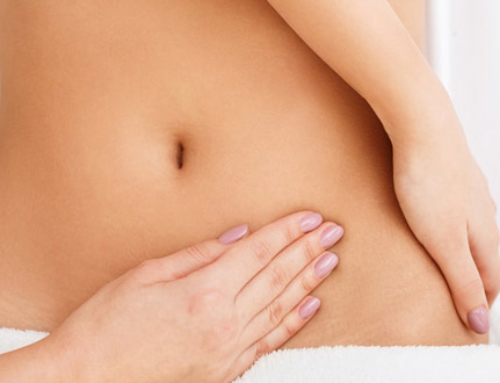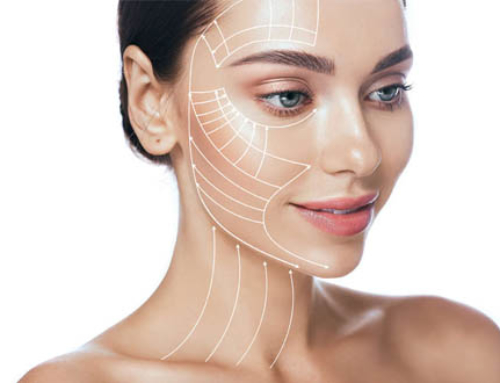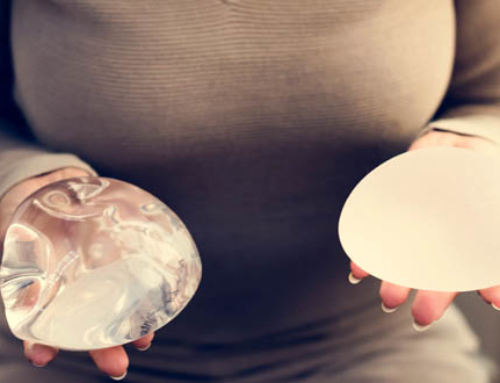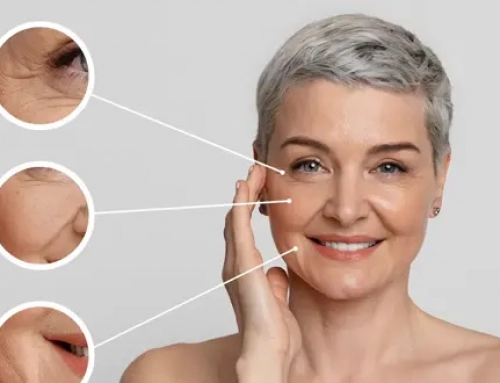Skin around the eyes is thinner than anywhere else in the body, which is why it is prone to wrinkles and other aging signs. Blepharoplasty, or eyelid surgery, targets the eyelids to improve the appearance of sagging upper eyelids and under eye bags (by removing excess fat in this area).
Blepharoplasty can be performed on both eyelids (upper and lower eyelids of each eye), but it can also target the lower or upper eyelids only. If you are considering this procedure to rejuvenate your eyes, you might be wondering about the recovery. Here is an overview of what to expect during the first week following surgery.
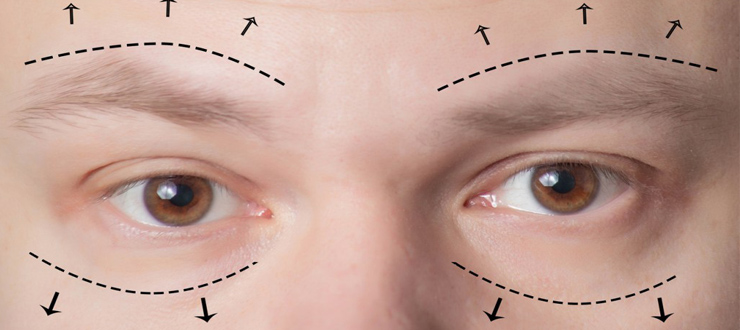
What happens during the first week of the recovery from eyelid surgery
Blepharoplasty : during initial recovery
Once anesthesia has dissipated, pain can be felt by the patient. Surgeons prescribe painkillers to alleviate any pain during the first few days following surgery. In order to void swelling aggravation, patients have to keep their head elevated during sleep.
The second day following surgery, patients start taking antibiotics and eye drops to moisturize the eyes. It is possible to resume normal activities such as driving, but wearing sunglasses is necessary to protect the eyes from the sun.
4 days after surgery, patients can clean their face again as they usually do and wear makeup. At this stage of the recovery, pain is almost non-existent and usually replaced by itches, which indicates wounds are healing.
During the first 2 weeks following surgery, patients can experience unusual lacrimation or secondary effects such as light sensitivity or blurred vision, but these usually resolve after the 2 week mark. Definitive results can be observed approximately 6 months after the operation.

